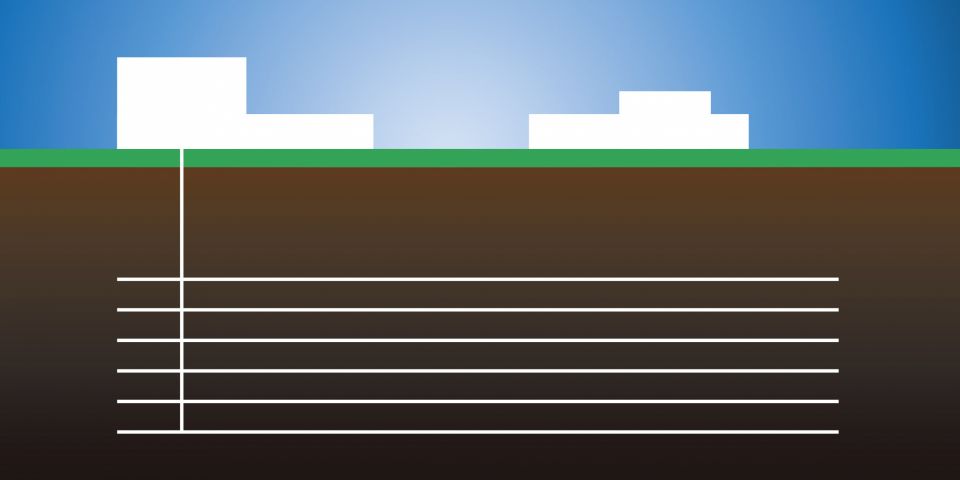Objective and methods: VTT researchers Laura Sokka, Heidi Kirppu, and Jaakko Leppänen note in the study that “while the carbon footprint of conventional electricity-producing reactors is known to be small, there have been no comprehensive studies on the emission reduction potential when the technology is applied to the heating sector.” They continue, saying their paper “aims to fill this knowledge gap by means of life cycle assessment (LCA) analysis. The carbon footprint of the LDR-50 heating plant is evaluated, and compared to conventional heating fuels, direct electric heating, and heat pumps.”
The researchers evaluated the carbon footprint of heat that is produced with the LDR-50, as well as other adverse environmental impacts that occur during the life cycle of the reactor’s production, including during construction, operation, maintenance, and decommissioning. According to a VTT press release, the LCA methodology used in the evaluation, “takes into account the energy and material streams of the different phases of the life cycle, together with the associated emissions. LDR-50 specific parameters were used as input data for evaluating the contributions from the fuel cycle. Since the technology is still under development, estimates for plant construction and the different stages of operation were based on conventional nuclear power plant technology.”
Carbon findings: The VTT analysis estimated that the specific emissions for heat produced by the LDR-50 is 2.4 grams of CO2 per kilowatt-hour. Compared with other district heating fuels—such as coal, natural gas, peat, and various biofuels—emissions from the nuclear reactor is the lowest. For comparison, emissions for natural gas and hard coal are 282 grams of CO2 per kWh and 515 grams of CO2per kWh, respectively.
In a comparison with direct electric heating and heat pumps, the study found that the carbon footprint of the nuclear reactor was comparable to heating with heat pumps in those countries considered to have a “clean” electricity mix, such as Sweden and France. The nuclear carbon footprint is “significantly lower when compared to grids with a large share of fossil production,” such as Poland, the Czech Republic, and Germany.
Other effects: The study compared the other adverse environmental effects of nuclear district heating and conventional heating fuels for 12 impact categories in order “to avoid problem shifting, as adverse effects on land use or biodiversity, for example, are often overshadowed by small carbon footprint.” In most categories, the environmental impact of nuclear-based district heating is significantly below the average. Researchers also found that even with the negative environmental impacts of uranium mining and milling included in the analysis, the impact per produced amount of heat is small with the nuclear option, compared with the alternatives.
Conclusions: The VTT study concluded by stating that “results of the analysis show that the life cycle CO2 emissions [of the LDR-50] are low, although there are still significant uncertainties related to the construction phase, due to missing data.” In addition to finding that reductions in CO2 emissions can be achieved by replacing fossil heating fuels with nuclear energy, the study concludes that the LDR-50 reactor technology is “a viable option alongside biofuels and heat pumps” because the “overall environmental impacts are low, and the [reactor] production does not compete for low-carbon electricity or scarce natural resources.”








